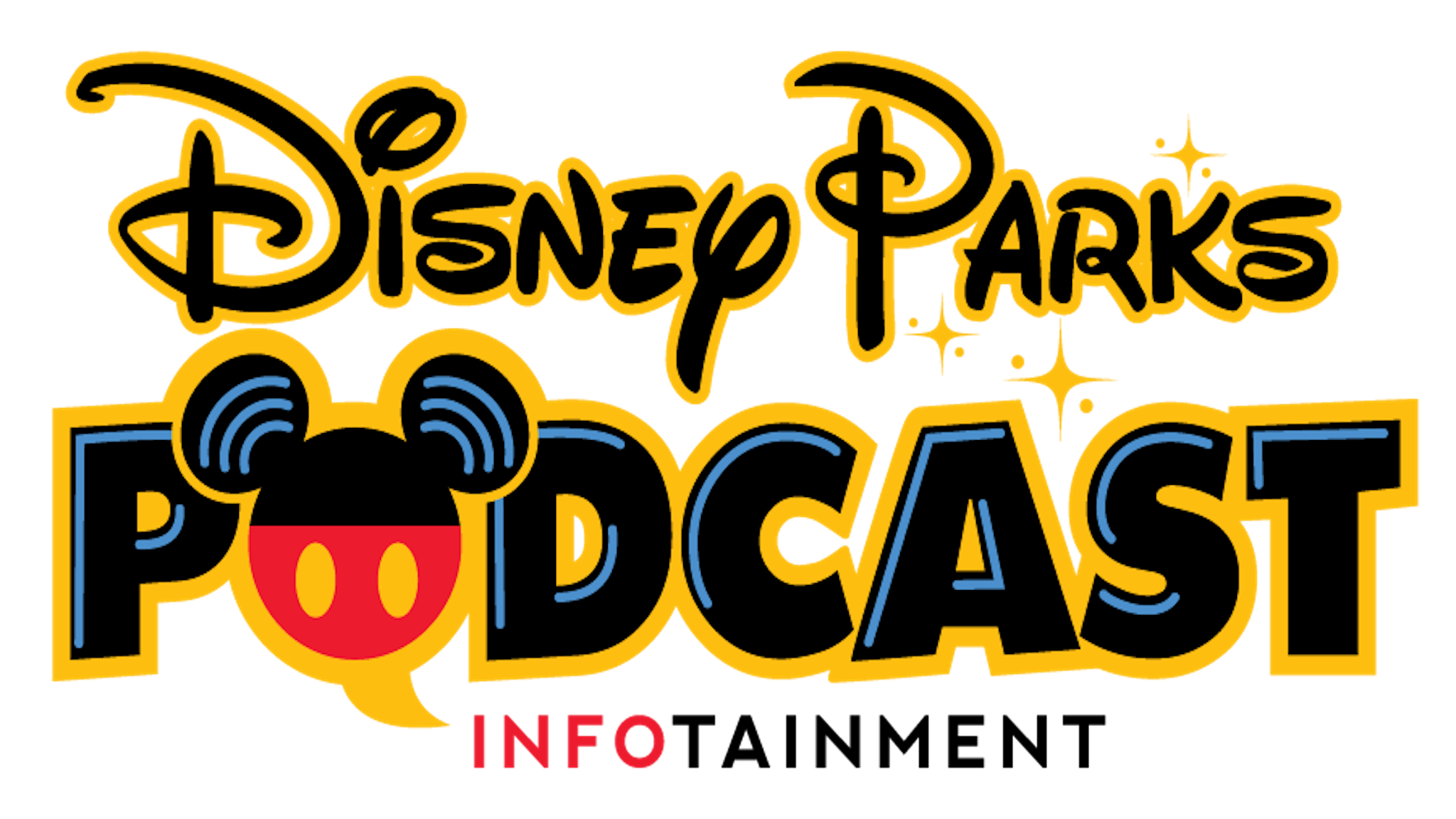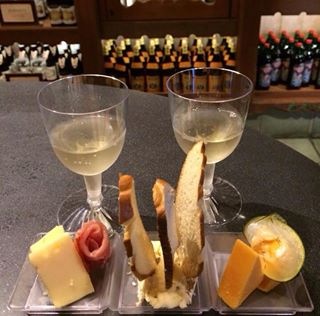For any movie aficionado, a trip to your favorite movie theater or sitting in front of your own TV, complete with the requisite snacks of popcorn, candy and pop; and immersing yourself in the magic of the silver screen is one of America’s favorite pastimes. This love of watching almost any genre come to life began with the first primitive movies, and has not showed any signs of abating. It is almost magical to go from a western town, New England fishing village, a haunted house, a farm or ranch, A Civil War battlefield or a Roman Colosseum. The greatest magic in the movies are the limitless background scenes and locations that bring the film to reality! From the earliest films, Voyage dans la Lune, Le, A Trip to the Moon, produced in 1902 France, by pioneer French director Georges Melies, considered the first Sci-Fi movie, to today’s computer-generated characters and backgrounds, the locations and sets so to speak, make the movie.
From the very beginning, early movie studios built on site, the sets and buildings needed to bring realism to the film, i.e. a wild west town, turn of the century village or cityscape. In the beginning of the industry, it was easy to find locations to film; even in the small towns or cities. But as the population increased and urban sprawl encroached on everything, just finding pristine locations to film was becoming a challenge. One of the biggest challenges was locating vast outdoor vistas in order to shoot battle scenes, create a Medieval castle or film car chases or shoot miles of railroad tracks complete with an old western steam train.
As the industry grew to titanic proportions, and the movies were now ingrained in the American psyche, many large-scale tracts of land were purchased by the major and minor studios, in order to shoot their films, unencumbered by the encroachment of modern day life. Here, studios could film any period piece without worrying if the scene would be spoiled. These large areas became known as “Movie Ranches”.
In the mid-1950’s Walt Disney was now producing and filming the lucrative live-actions films, and like many of his predecessors, he traveled far and wide, seeking locations around to country for pristine locations. It seems many of the “Movie Ranches” were being gobbled up for subdivisions and being dismantled. He was searching for something closer and more accessible when he began shooting the series, “Spin and Marty” for the Mickey Mouse Club. It was then he discovered the Golden Oak Ranch, and he immediately leased it in the summer of 1955. At the time, it consisted of 315 acres of natural beauty with a variety of natural settings. It is less than an hour north of Los Angeles, off of Placerita canyon road in Canyon County. This property is part of the Rancho San Francisco land grant. Concurring with legend, On March 9, 1842, Francisco Lopez, a rancher was sleeping under a large oak tree, dreaming about finding gold. Upon awaking, he supposedly pulled up some wild onions with gold flakes in the roots. This was California’s first gold rush, seven years before the famous Sutter gold rush. After two years of prospectors seeking their fortune, the gold ran out, and the area reverted to its natural beauty. This tree was known as the “Oak of the Golden Dream”, and that is how the ranch got its moniker, Golden Oak Ranch.
[supsystic-slider id=9 position=”center”]
Walt Disney, always the visionary, knew that in a short time, there would be no more pristine Ranches left to shoot on. With his upcoming series of the “Swamp Fox” coming up, (1959-1961), Walt purchased the ranch on March 11th, 1959 for $300,000.00. Close to the Studios in Burbank, it was the perfect place to film the upcoming series of film and television productions. During the next five years, the Company also bought additional land around the ranch, enlarging the area to 691 acres. And true to Walt’s amazing ability to see the future, The Golden Oak Ranch has become practically the only surviving movie ranch in Southern California. The large Fox and Paramount ranches near Malibu have been sold, and the very important Albertson Ranch is now a subdivision. The Golden Oak Ranch, and Walt’s uncanny vison to save this pristine property is just another part of his legacy to the world. Today, the ranch is used by the industry for its filming needs.
Walt was always the perfectionist… after the purchase, he negotiated with California state highway planners to plan an alternate route for the freeway north of the property, so the freeway and its noise would not disturb filming productions. Over the years, the Disney company purchased additional acreage, bringing its size today to about 900 acres. The ranch today extends from ridgeline to ridgeline, unhindered by the modern world.
The first movie production filmed was Disney’s Toby Tyler, (Or “Ten Weeks with a Circus) in 1959. The film called for a wooden bridge over a creek, and Walt Disney, true to form, stipulated its construction adhere to current standards. Because of Walt’s vision, the “Toby Tyler Bridge” as it is known, can be utilized to this day. Some of the productions filmed at the ranch include, episodes of Spin and Marty, scenes from Zorro and segments of the Mickey Mouse Club. Episodes of Bonanza and The Greatest American Hero. The exterior scenes in Old Yeller were filmed here. The Horse in the Gray Flannel Suit and The Dukes of Hazzard television series, with the road the General Lee would be seen roaring down. The 1961 Film the “Parent Trap” and the Spanish Hacienda that once sat on the shore of the pond, the same pond that Herbie the Love Bug in the 1969 film skimmed across. The covered bridge over the pond, now considered a landmark was constructed in 1962 and was utilized in various Disney film and television shows, from 1966’s “Follow Me, Boys!” to ABC’s hit, Desperate Housewives. Other productions over the years… Little House on the Prairie, Buffy the Vampire Slayer, Big Top Pee-wee, The Muppets, Pirates of the Caribbean… At World’s End, Pete’s Dragon, The Apple Dumpling Gang, The Cat from Outer Space, The Electric Horseman, and even Colonel Sanders commercials. The town featured in Roots, “The Next Generations” was built on the Ranch. As you can surmise, this treasure is exactly what Walt Wanted. The ranch has evolved much over the years. Walt Disney set aside 38 acres for the Cal Arts campus, but was eventually built in Valencia instead. In the early 1960’s Walt had a herd of Bison on the Ranch which he later donated to the William S. Hart State Park in Newhall California. There were several concepts to develop a themed village, a residential community and outdoor rec center, but nothing came to fruition.
Today the ranch is maintained by Pat Patterson, the foreman, and his assistant, Jesus Guerrero, who are the only two people that live on the ranch. They are responsible for keeping the ranch in working order, mowing its meadows, pruning, caring for livestock, and keeping our lessees within their bounds. The staff on the ranch continues in Walt’s legacy of community service and conservation. The protect and maintain the ranch and its structures. In addition, it is a sanctuary to numerous wildlife…deer, mountain lions, rattlesnakes and even horses that retired from Disneyland live on the ranch, the most famous was Diamond Decorator, Zorro’s black horse Tornado. All the grass and hay collected is baled and send to the Circle-D Corral at Disneyland park, used to feed the equine there. There is even a vegetable garden, where much of its harvested bounty goes to the commissary at the Walt Disney Studios.
One special building at the ranch is Walt Disney’s cabin, known today as the guest house. During a filming or sometimes for a quiet getaway, Walt and his family would stay there. It has a swimming pool and overlooks a beautiful ranch pond. Annette Funicello, Jane Wyman and Fred MacMurray were frequent guests of Walt. The Arrowhead Mountain Spring Water Company used the waterfall that flows by the guest house patio for its commercials. Over the years, the cabin has been redecorated, but some furniture in the master bedroom and two leather chairs that belonged to Walt still exist. The chairs were procured by the Walt Disney Archives in 2011.
As more television and motion pictures studios utilized the ranch, they added to the diversity of the sets there. In 1978, the TV miniseries Roots ll had a western street constructed, and it was used until 2008, when it was removed. There are recent additions of a residential street with 14 architecturally distinctive houses in addition to a full business district set will guarantee that the Ranch continues to be a filming location of the highest order. Another addition is Pine Lake, including a waterfall which gives the feeling of a High Sierra locale. There is the Golden Oak Hall from the Country Bears movie, farm houses, fields, forested areas, wooden bridges and country roads. In May 2013, Disney announced plans to redevelop 58 acres of the property into a new film and television production studio, comprising of six new sound stages and production offices. The site will be called Disney- ABC Studios at The Ranch. The project was approved in August 2013.
One of the Ranch’s biggest accolades is its diversity. Besides its sets, the flora and fauna are second to none, a director’s paradise in which to film almost any conception and idea. Meadows, oak trees, waterfalls and winding creeks, and the wildlife, horses, duck’s peacocks and birds, all out of sight of the modern world, make it the premiere ranch for convenient and inexpensive exterior filming.
Although unbeknownst, most people and fans believe Walt Disney’s legacy is Mickey Mouse and Theme Parks, but over the years Walt wore many, many hats. His contribution to the industry in incalculable. And due in part to Walt’s amazing ability to foretell, predict and maybe even know the future, The Golden Oak Ranch is just another part of that legacy.

 Toy Story Land-Inspired Games Debut on DisneyWorld.com
Toy Story Land-Inspired Games Debut on DisneyWorld.com Epcot Hidden Gem: Wine Walk in World Showcase By Guest Author Mary Morales
Epcot Hidden Gem: Wine Walk in World Showcase By Guest Author Mary Morales Disney Parks Podcast Show #167 – An Interview with Belle – Paige O’Hara & Gaston – Richard White
Disney Parks Podcast Show #167 – An Interview with Belle – Paige O’Hara & Gaston – Richard White Disney Parks Podcast Show #669 – Disney News for the Week of August 24, 2020
Disney Parks Podcast Show #669 – Disney News for the Week of August 24, 2020